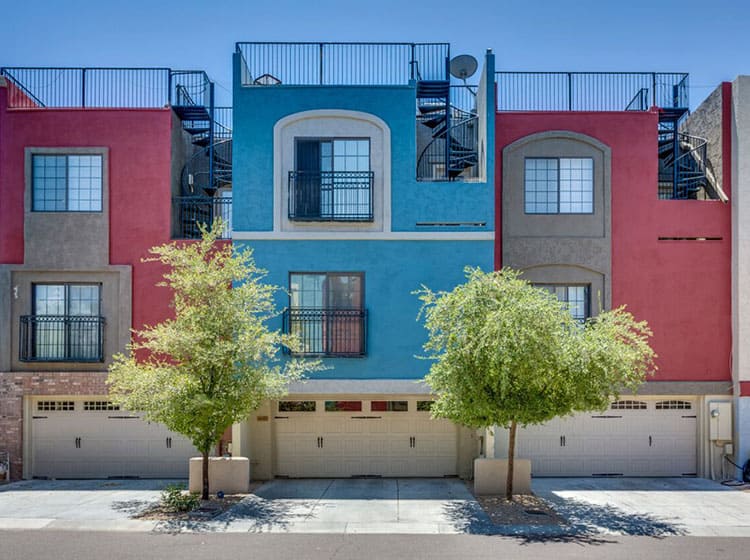Comprehending Seasonal Influences On Commercial Exterior Paint: Vital Knowledge For Success
Comprehending Seasonal Influences On Commercial Exterior Paint: Vital Knowledge For Success
Blog Article
Content Writer-Aguilar Urquhart
When you're preparing a business outside paint task, seasonal factors can make or break your results. You'll intend to think about exactly how temperature and humidity influence paint application and drying times. Choosing the right season can ensure your paint sticks appropriately and lasts much longer. However which seasons are absolutely the best for this type of job? Allow's explore the key elements that can impact your project's success.
The Influence of Temperature on Paint Application
When you're intending a commercial outside paint task, the temperature level can dramatically influence exactly how well the paint sticks and dries.
Ideally, you wish to repaint when temperature levels range in between 50 ° F and 85 ° F. If it's too chilly, the paint may not heal properly, resulting in issues like peeling or cracking.
On the other hand, if it's too hot, the paint can dry also quickly, protecting against appropriate adhesion and causing an unequal coating.
You need to also consider the time of day; morning or late afternoon provides cooler temperatures, which can be a lot more positive.
Always inspect the supplier's referrals for the particular paint you're making use of, as they frequently offer support on the suitable temperature level array for optimum results.
Moisture and Its Effect on Drying Times
Temperature isn't the only environmental element that influences your business external paint job; humidity plays a considerable duty as well. High humidity degrees can slow down drying times considerably, affecting the overall quality of your paint task.
When the air is filled with moisture, the paint takes longer to treat, which can bring about concerns like inadequate adhesion and a higher threat of mold development. If you're painting on a specifically moist day, be prepared for extensive wait times between layers.
It's crucial to monitor neighborhood climate condition and strategy as necessary. Ideally, Read Significantly more for moisture degrees in between 40% and 70% for optimum drying out.
Keeping these consider mind ensures your project stays on track and supplies an enduring coating.
Best Seasons for Commercial Outside Paint Projects
What's the most effective season for your business exterior paint jobs?
Springtime and very early autumn are usually your best bets. During these periods, temperatures are light, and moisture degrees are typically reduced, developing ideal conditions for paint application and drying.
Stay clear of summer's intense heat, which can create paint to completely dry also promptly, bring about inadequate attachment and surface. Likewise, winter's cool temperature levels can hinder proper drying out and curing, risking the long life of your paint task.
Aim for days with temperature levels in between 50 ° F and 85 ° F for optimum results. Bear in mind to examine the local weather report for rainfall, as damp conditions can destroy your project.
Preparation around these aspects ensures your paint project runs efficiently and lasts longer.
Final thought
Finally, planning your industrial exterior paint jobs around seasonal considerations can make a substantial difference in the end result. By organizing thumbtack painters during the optimal temperatures and humidity levels, you'll make sure better bond and drying out times. Bear in mind to watch on regional weather prediction and select the correct time of year-- spring and very early autumn are your best options. Taking these actions will assist you attain a durable and expert finish that lasts.
